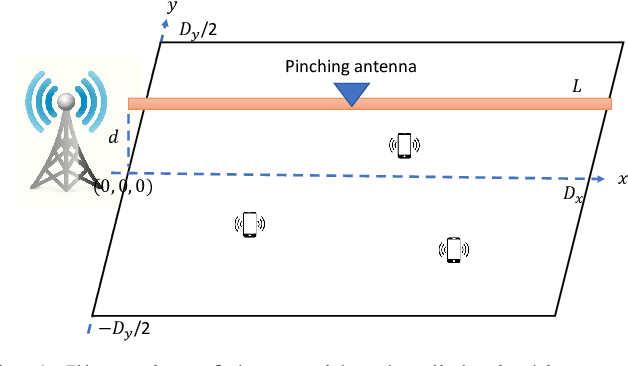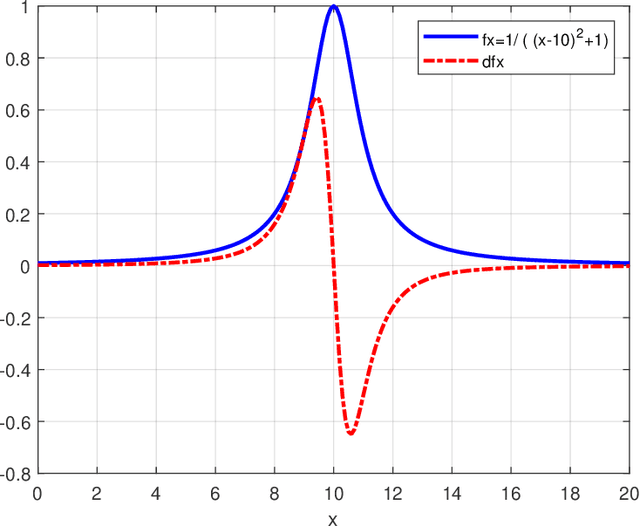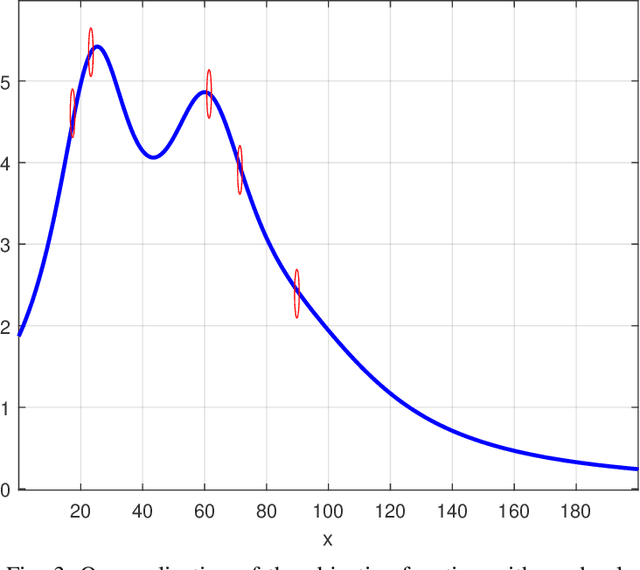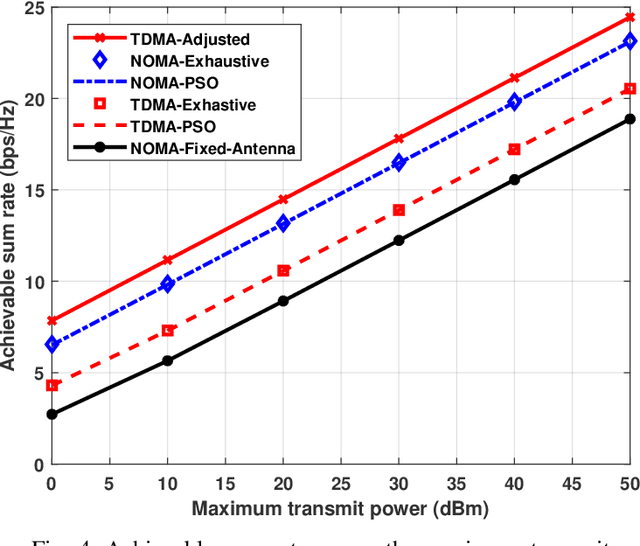Ji Wang
Symphony: A Decentralized Multi-Agent Framework for Scalable Collective Intelligence
Aug 27, 2025Abstract:Most existing Large Language Model (LLM)-based agent frameworks rely on centralized orchestration, incurring high deployment costs, rigid communication topologies, and limited adaptability. To address these challenges, we introduce Symphony, a decentralized multi-agent system which enables lightweight LLMs on consumer-grade GPUs to coordinate. Symphony introduces three key mechanisms: (1) a decentralized ledger that records capabilities, (2) a Beacon-selection protocol for dynamic task allocation, and (3) weighted result voting based on CoTs. This design forms a privacy-saving, scalable, and fault-tolerant orchestration with low overhead. Empirically, Symphony outperforms existing baselines on reasoning benchmarks, achieving substantial accuracy gains and demonstrating robustness across models of varying capacities.
Task-Specific Zero-shot Quantization-Aware Training for Object Detection
Jul 22, 2025Abstract:Quantization is a key technique to reduce network size and computational complexity by representing the network parameters with a lower precision. Traditional quantization methods rely on access to original training data, which is often restricted due to privacy concerns or security challenges. Zero-shot Quantization (ZSQ) addresses this by using synthetic data generated from pre-trained models, eliminating the need for real training data. Recently, ZSQ has been extended to object detection. However, existing methods use unlabeled task-agnostic synthetic images that lack the specific information required for object detection, leading to suboptimal performance. In this paper, we propose a novel task-specific ZSQ framework for object detection networks, which consists of two main stages. First, we introduce a bounding box and category sampling strategy to synthesize a task-specific calibration set from the pre-trained network, reconstructing object locations, sizes, and category distributions without any prior knowledge. Second, we integrate task-specific training into the knowledge distillation process to restore the performance of quantized detection networks. Extensive experiments conducted on the MS-COCO and Pascal VOC datasets demonstrate the efficiency and state-of-the-art performance of our method. Our code is publicly available at: https://github.com/DFQ-Dojo/dfq-toolkit .
Resource Allocation for Pinching-Antenna Systems: State-of-the-Art, Key Techniques and Open Issues
Jun 06, 2025Abstract:Pinching antennas have emerged as a promising technology for reconfiguring wireless propagation environments, particularly in high-frequency communication systems operating in the millimeter-wave and terahertz bands. By enabling dynamic activation at arbitrary positions along a dielectric waveguide, pinching antennas offer unprecedented channel reconfigurability and the ability to provide line-of-sight (LoS) links in scenarios with severe LoS blockages. The performance of pinching-antenna systems is highly dependent on the optimized placement of the pinching antennas, which must be jointly considered with traditional resource allocation (RA) variables -- including transmission power, time slots, and subcarriers. The resulting joint RA problems are typically non-convex with complex variable coupling, necessitating sophisticated optimization techniques. This article provides a comprehensive survey of existing RA algorithms designed for pinching-antenna systems, supported by numerical case studies that demonstrate their potential performance gains. Key challenges and open research problems are also identified to guide future developments in this emerging field.
Energy-Efficient Design for Downlink Pinching-Antenna Systems with QoS Guarantee
May 20, 2025



Abstract:Pinching antennas have recently garnered significant attention due to their ability to dynamically reconfigure wireless propagation environments. Despite notable advancements in this area, the exploration of energy efficiency (EE) maximization in pinching-antenna systems remains relatively underdeveloped. In this paper, we address the EE maximization problem in a downlink time-division multiple access (TDMA)-based multi-user system employing one waveguide and multiple pinching antennas, where each user is subject to a minimum rate constraint to ensure quality-of-service. The formulated optimization problem jointly considers transmit power and time allocations as well as the positioning of pinching antennas, resulting in a non-convex problem. To tackle this challenge, we first obtain the optimal positions of the pinching antennas. Based on this, we establish a feasibility condition for the system. Subsequently, the joint power and time allocation problem is decomposed into two subproblems, which are solved iteratively until convergence. Specifically, the power allocation subproblem is addressed through an iterative approach, where a semi-analytical solution is obtained in each iteration. Likewise, a semi-analytical solution is derived for the time allocation subproblem. Numerical simulations demonstrate that the proposed pinching-antenna-based strategy significantly outperforms both conventional fixed-antenna systems and other benchmark pinching-antenna schemes in terms of EE.
Energy-Efficient Resource Allocation for NOMA-Assisted Uplink Pinching-Antenna Systems
May 12, 2025Abstract:The pinching-antenna architecture has emerged as a promising solution for reconfiguring wireless propagation environments and enhancing system performance. While prior research has primarily focused on sum-rate maximization or transmit power minimization of pinching-antenna systems, the critical aspect of energy efficiency (EE) has received limited attention. Given the increasing importance of EE in future wireless communication networks, this work investigates EE optimization in a non-orthogonal multiple access (NOMA)-assisted multi-user pinching-antenna uplink system. The problem entails the joint optimization of the users' transmit power and the pinching-antenna position. The resulting optimization problem is non-convex due to tightly coupled variables. To tackle this, we employ an alternating optimization framework to decompose the original problem into two subproblems: one focusing on power allocation and the other on antenna positioning. A low-complexity optimal solution is derived for the power allocation subproblem, while the pinching-antenna positioning subproblem is addressed using a particle swarm optimization algorithm to obtain a high-quality near-optimal solution. Simulation results demonstrate that the proposed scheme significantly outperforms both conventional-antenna configurations and orthogonal multiple access-based pinching-antenna systems in terms of EE.
Sum Rate Maximization for NOMA-Assisted Uplink Pinching-Antenna Systems
May 01, 2025



Abstract:In this paper, we investigate an uplink communication scenario in which multiple users communicate with an access point (AP) employing non-orthogonal multiple access (NOMA). A pinching antenna, which can be activated at an arbitrary point along a dielectric waveguide, is deployed at the AP to dynamically reconfigure user channels. The objective is to maximize the system sum rate by jointly optimizing the pinching-antenna's position and the users' transmit powers. The formulated optimization problem is non-convex, and addressed using the particle swarm optimization (PSO) algorithm. For performance benchmarking, two time division multiple access (TDMA) schemes are considered: one based on the pinching antenna individually activated for each user, and the other based on the single-pinching-antenna configuration serving all users. Numerical results demonstrate that the use of the pinching antenna significantly enhances the system sum rate compared to conventional antenna architectures. Moreover, the NOMA-based scheme outperforms the TDMA-based scheme with a single pinching antenna but is outperformed by the TDMA-based approach when the pinching antenna is adaptively configured for each user. Finally, the proposed PSO-based method is shown to achieve near-optimal performance for both NOMA and TDMA with a common pinching-antenna configuration.
SacFL: Self-Adaptive Federated Continual Learning for Resource-Constrained End Devices
May 01, 2025



Abstract:The proliferation of end devices has led to a distributed computing paradigm, wherein on-device machine learning models continuously process diverse data generated by these devices. The dynamic nature of this data, characterized by continuous changes or data drift, poses significant challenges for on-device models. To address this issue, continual learning (CL) is proposed, enabling machine learning models to incrementally update their knowledge and mitigate catastrophic forgetting. However, the traditional centralized approach to CL is unsuitable for end devices due to privacy and data volume concerns. In this context, federated continual learning (FCL) emerges as a promising solution, preserving user data locally while enhancing models through collaborative updates. Aiming at the challenges of limited storage resources for CL, poor autonomy in task shift detection, and difficulty in coping with new adversarial tasks in FCL scenario, we propose a novel FCL framework named SacFL. SacFL employs an Encoder-Decoder architecture to separate task-robust and task-sensitive components, significantly reducing storage demands by retaining lightweight task-sensitive components for resource-constrained end devices. Moreover, $\rm{SacFL}$ leverages contrastive learning to introduce an autonomous data shift detection mechanism, enabling it to discern whether a new task has emerged and whether it is a benign task. This capability ultimately allows the device to autonomously trigger CL or attack defense strategy without additional information, which is more practical for end devices. Comprehensive experiments conducted on multiple text and image datasets, such as Cifar100 and THUCNews, have validated the effectiveness of $\rm{SacFL}$ in both class-incremental and domain-incremental scenarios. Furthermore, a demo system has been developed to verify its practicality.
Multi-task Federated Learning with Encoder-Decoder Structure: Enabling Collaborative Learning Across Different Tasks
Apr 14, 2025Abstract:Federated learning has been extensively studied and applied due to its ability to ensure data security in distributed environments while building better models. However, clients participating in federated learning still face limitations, as clients with different structures or tasks cannot participate in learning together. In view of this, constructing a federated learning framework that allows collaboration between clients with different model structures and performing different tasks, enabling them to share valuable knowledge to enhance model efficiency, holds significant practical implications for the widespread application of federated learning. To achieve this goal, we propose a multi-task federated learning with encoder-decoder structure (M-Fed). Specifically, given the widespread adoption of the encoder-decoder architecture in current models, we leverage this structure to share intra-task knowledge through traditional federated learning methods and extract general knowledge from the encoder to achieve cross-task knowledge sharing. The training process is similar to traditional federated learning, and we incorporate local decoder and global decoder information into the loss function. The local decoder iteratively updates and gradually approaches the global decoder until sufficient cross-task knowledge sharing is achieved. Our method is lightweight and modular, demonstrating innovation compared to previous research. It enables clients performing different tasks to share general knowledge while maintaining the efficiency of traditional federated learning systems. We conducted experiments on two widely used benchmark datasets to verify the feasibility of M-Fed and compared it with traditional methods. The experimental results demonstrate the effectiveness of M-Fed in multi-task federated learning.
CUT: Pruning Pre-Trained Multi-Task Models into Compact Models for Edge Devices
Apr 14, 2025Abstract:Multi-task learning has garnered widespread attention in the industry due to its efficient data utilization and strong generalization capabilities, making it particularly suitable for providing high-quality intelligent services to users. Edge devices, as the primary platforms directly serving users, play a crucial role in delivering multi-task services. However, current multi-task models are often large, and user task demands are increasingly diverse. Deploying such models directly on edge devices not only increases the burden on these devices but also leads to task redundancy. To address this issue, this paper innovatively proposes a pre-trained multi-task model pruning method specifically designed for edge computing. The goal is to utilize existing pre-trained multi-task models to construct a compact multi-task model that meets the needs of edge devices. The specific implementation steps are as follows: First, decompose the tasks within the pre-trained multi-task model and select tasks based on actual user needs. Next, while retaining the knowledge of the original pre-trained model, evaluate parameter importance and use a parameter fusion method to effectively integrate shared parameters among tasks. Finally, obtain a compact multi-task model suitable for edge devices. To validate the effectiveness of the proposed method, we conducted experiments on three public image datasets. The experimental results fully demonstrate the superiority and efficiency of this method, providing a new solution for multi-task learning on edge devices.
Efficient Multi-Task Modeling through Automated Fusion of Trained Models
Apr 14, 2025Abstract:Although multi-task learning is widely applied in intelligent services, traditional multi-task modeling methods often require customized designs based on specific task combinations, resulting in a cumbersome modeling process. Inspired by the rapid development and excellent performance of single-task models, this paper proposes an efficient multi-task modeling method that can automatically fuse trained single-task models with different structures and tasks to form a multi-task model. As a general framework, this method allows modelers to simply prepare trained models for the required tasks, simplifying the modeling process while fully utilizing the knowledge contained in the trained models. This eliminates the need for excessive focus on task relationships and model structure design. To achieve this goal, we consider the structural differences among various trained models and employ model decomposition techniques to hierarchically decompose them into multiple operable model components. Furthermore, we have designed an Adaptive Knowledge Fusion (AKF) module based on Transformer, which adaptively integrates intra-task and inter-task knowledge based on model components. Through the proposed method, we achieve efficient and automated construction of multi-task models, and its effectiveness is verified through extensive experiments on three datasets.
 Add to Chrome
Add to Chrome Add to Firefox
Add to Firefox Add to Edge
Add to Edge